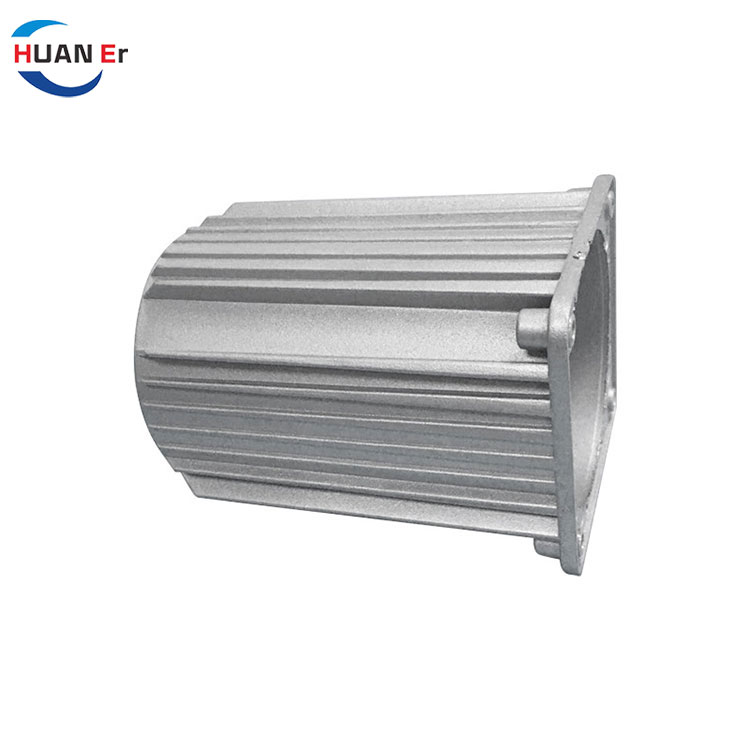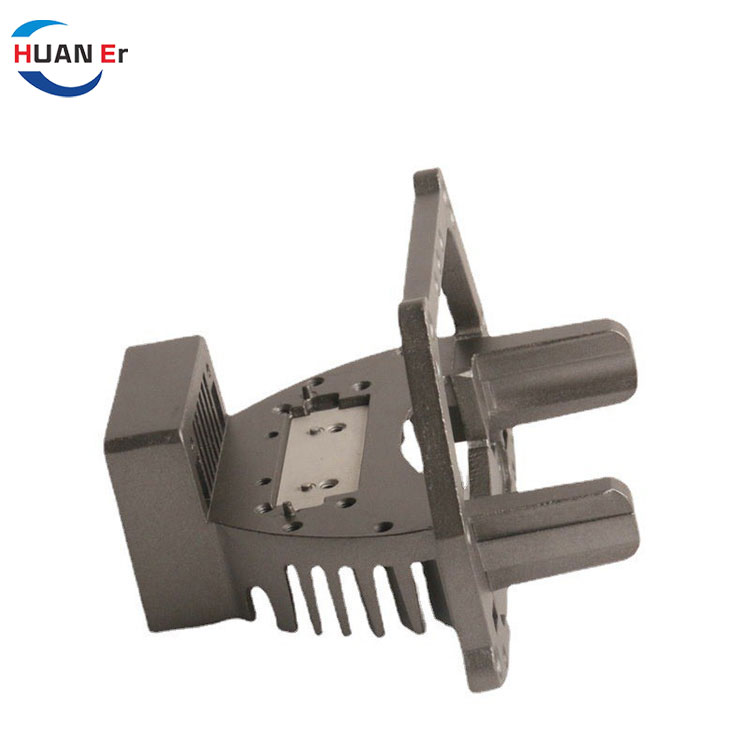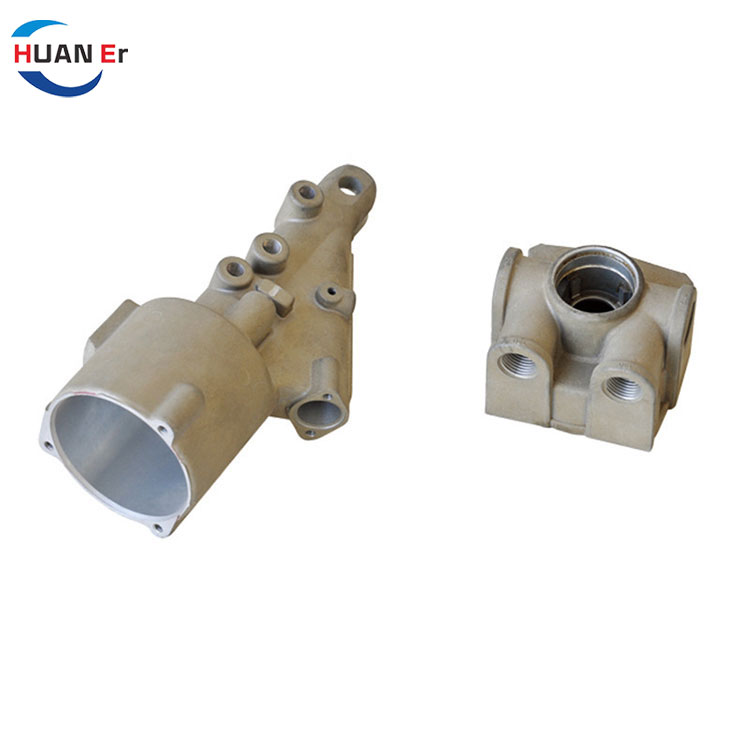Zinc Die Casting Parts
Huaner produces high-quality zinc die casting parts in sizes ranging from tiny and light to large and heavy. We offer a variety of surface treatments for zinc die casting parts, including powder coating, sandblasting, chrome plating, and bright polishing. The automotive, food and beverage, machinery, plumbing, irrigation, mining, petrochemical, electrical, energy, aerospace, submarine, and other industries can all benefit from our zinc die casting services.
Send Inquiry
High Quality Zinc Die Casting Parts
Huaner manufactures zinc die casting parts from small light weight to large heavy weight with top quality. We provide a wide range of zinc die casting surface treatment including powder coating, sand blasting,chome plating and bright polished. Our zinc die casting service can serve for automotive, food dairy, machinery, medical, plumbing, watering, mining, petrochemical, electrical, energy, aerospace, submarine and others.

What Is Zinc Die Casting?
Zinc die casting is a metal casting process characterized by pressuring molten metal into the mold cavity. The mold cavity is created using two hardened tool steel molds that are machined to the net shape or near net shape of the zinc die casting parts. Zinc die casting process allows products to be made with high degree of accuracy and repeatability. The Zinc die casting process can also produce fine details such as textured surfaces or names without requiring further processing.
How are zinc die casting parts made?
Steel dies capable of producing tens of thousands of zinc die casting parts in quick succession must be made in at least two sections to allow the castings to be removed. These parts are firmly mounted in the machine and are arranged so that one is stationary (fixed die half) and the other one is movable (injector die half). To begin the casting cycle, the two mold halves are clamped together by a die-casting machine. Molten zinc alloy is injected into the mold cavity and rapidly solidified. The mold half is opened and the zinc casting is ejected. Zinc die casting molds can be simple or complicated, with movable slides, cores or other parts, depending on the complexity of the casting.
To date, the complete cycle of zinc die casting has been the fastest cycle to produce precision zinc parts. This is in stark contrast to sand casting, which requires new sand molds for each casting. Although the permanent mold process uses iron or steel molds instead of sand, it is much slower and less precise than zinc die castings.
Advantages of Zinc Die Casting Parts
Excellent tool life
High precision tolerance
Superior thermal conductivity
Fast lead time
Corrosion resistance
Superior for decorative finishing
Low energy cost
How are zinc die casting alloys made?
Zinc die casting is a metal casting process characterized by pressuring molten metal into the mold cavity. The mold cavity is created using two hardened tool steel molds that are machined to the net shape or near net shape of the
What is die cast zinc used for?
Zinc castings are applicable in making several automotive industry interior components. The material has a higher preference than aluminum due to its strength. Examples of automotive zinc alloy casting include bearings, steering, and brake parts.
What is die casting types?
The two main types of die casting processes are hot-chamber and cold-chamber die casting. Variations on these two types of die casting include: Low-pressure die casting. Vacuum die casting.


















